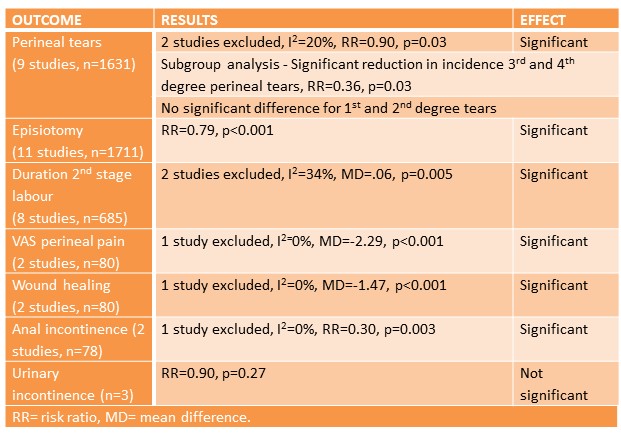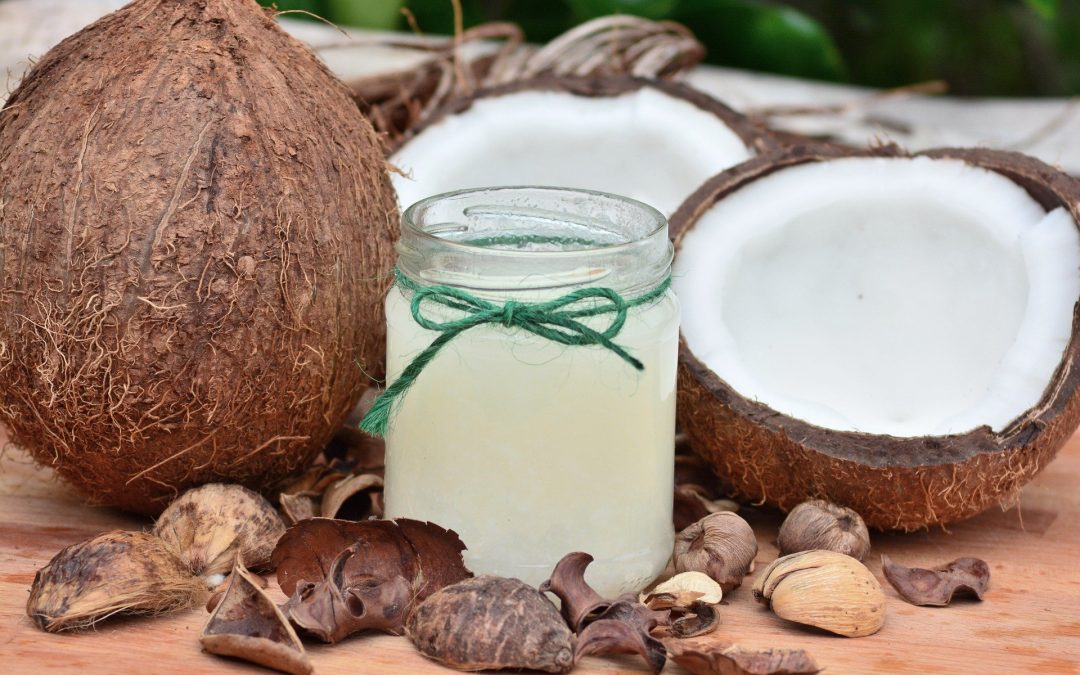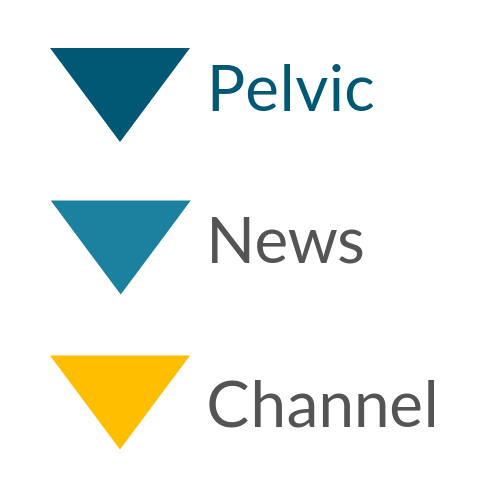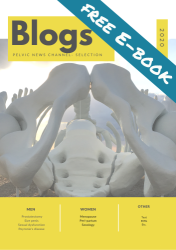I have a confession to make. I was not convinced of the benefit of perineal massage…..until.…I read the systematic review and meta-analysis that I will discuss in today’s blog. I am convinced, convinced that we should inform, promote, and instruct pregnant women to start massaging their perineum!
After reading this blog you can make up your mind whether you are convinced as well.
Why did they do this research?
Since the Cochrane systematic review covering only 4 articles on this topic, new research about the effect of perineal massage on the risk of perineal trauma and post-partum complications has been published.
How was this research done?
Patient: pregnant women regardless of parity
Intervention: antenatal perineal massage in last 4 to 6 weeks before delivery
Control: no perineal massage
Outcome: primary: risk of perineal tears, incidence of episiotomies. Secondary: duration 2nd stage labour, perineal pain, wound healing, urinary and fecal incontinence reported within 3 months post-partum
Statistics
Statistical heterogeneity (variability) of the studies was assessed with I2. When I2 ≥ 50% = indication of high heterogeneity. This means that the populations, samples or results are different. In that case a sensitivity analysis was done. In this blog I will report only the results of the outcome if heterogeneity was low. Otherwise I will report the results from the sensitivity analysis (all other data are in the original article). Dichotomous data (two possible answers) are pooled as risk ratio’s (RR) and continuous data as mean difference (MD).
What did they find?
The results (Table 1) are based on 11 randomized controlled trials with in total 3467 women. The quality of the studies was moderate to high.
Table 1. Results of perineal massage

What does this mean?
Antenatal perineal massage is protective for: 1. perineal tears, especially 3rd and 4th degree tears, and 2. Episiotomy and 3. The duration of 2nd stage labour is shorter. As you can see Table 1 reports more variables. However I will not discuss these results because of the low number of studies and subsequent low number of participants in the analysis.
There is one thing that I am really curious about and that is if there is a difference in results between primi- and multiparous women. That would be interesting research for the future.
I think we should advise our patients or clients to do a regular perineal massage before delivery. There might be several barriers for women to do a perineal massage like: not comfortable to touch herself, not being able or difficulty to reach the perineum because of the growing belly or the hands and arms getting tired from massaging because they are not used to do this. We as experts in the field can discuss these barriers and together with the women try to find a solution. The next step is to provide the women with information on the technique. The National Health Service (NHS) has a nice leaflet on perineal massage and I like this YouTube film. It shows the different massage techniques that can be applied. There is no consensus on when to start with perineal massage but often it is recommended to start between 32 and 36 weeks of gestation. The advised frequency of the perineal massage ranges from daily to a few days per week for a duration of 5 minutes.
Reference:
Abdelhakim AM, Eldesouky E, Elmagd IA, Mohammed A, Farag EA, Mohammed AE, Hamam KM, Hussein AS, Ali AS, Keshta NHA, Hamza M, Samy A, Abdel-Latif AA Antenatal perineal massage benefits in reducing perineal trauma and postpartum morbidities: a systematic review and meta-analysis of randomized controlled trials. .Int Urogynecol J. 2020 Sep;31(9):1735-1745. doi: 10.1007/s00192-020-04302-8. Epub 2020 May 12.PMID: 32399905









Recent Comments